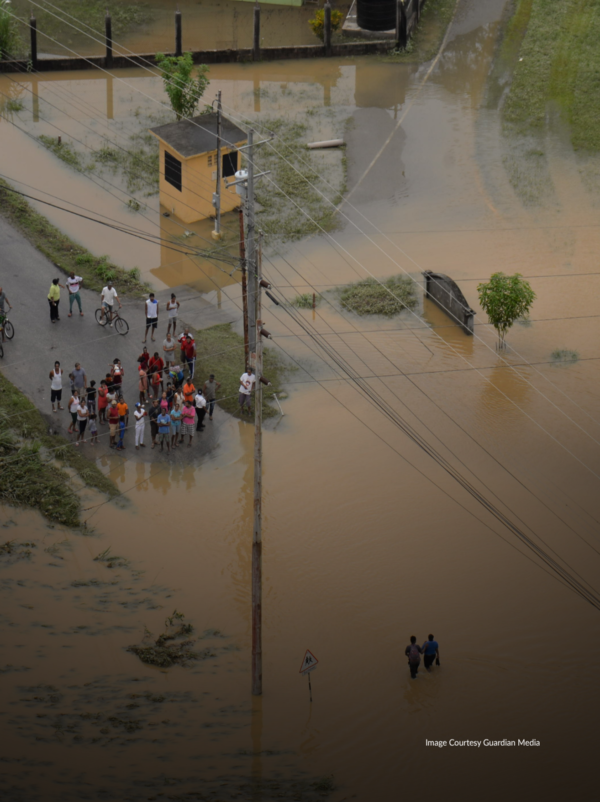Characterising half-a-degree difference: a review of methods for identifying regional climate responses to global warming targets
Authors
James, R., Washington, R., Schleussner, C.-F., Rogelj, J. & Conway, D.

The Paris Agreement long-term global temperature goal refers to two global warming levels: well below 2°C and 1.5°C above preindustrial. Regional climate signals at specific global warming levels, and especially the differences between 1.5°C and 2°C, are not well constrained, however. In particular, methodological challenges related to the assessment of such differences have received limited attention. This article reviews alternative approaches for identifying regional climate signals associated with global temperature limits, and evaluates the extent to which they constitute a sound basis for impacts analysis.
Four methods are outlined, including comparing data from different greenhouse gas scenarios, sub-selecting climate models based on global temperature response, pattern scaling, and extracting anomalies at the time of each global temperature increment. These methods have rarely been applied to compare 2°C with 1.5°C, but some demonstrate potential avenues for useful research.
Nevertheless, there are methodological challenges associated with the use of existing climate model experiments, which are generally designed to model responses to different levels of greenhouse gas forcing, rather than to model climate responses to a specific level of forcing that targets a given level of global temperature change.
Novel approaches may be required to address policy questions, in particular: to differentiate between half degree warming increments while accounting for different sources of uncertainty; to examine mechanisms of regional climate change including the potential for nonlinear responses; and to explore the relevance of time-lagged processes in the climate system and declining emissions, and the resulting sensitivity to alternative mitigation pathways.











